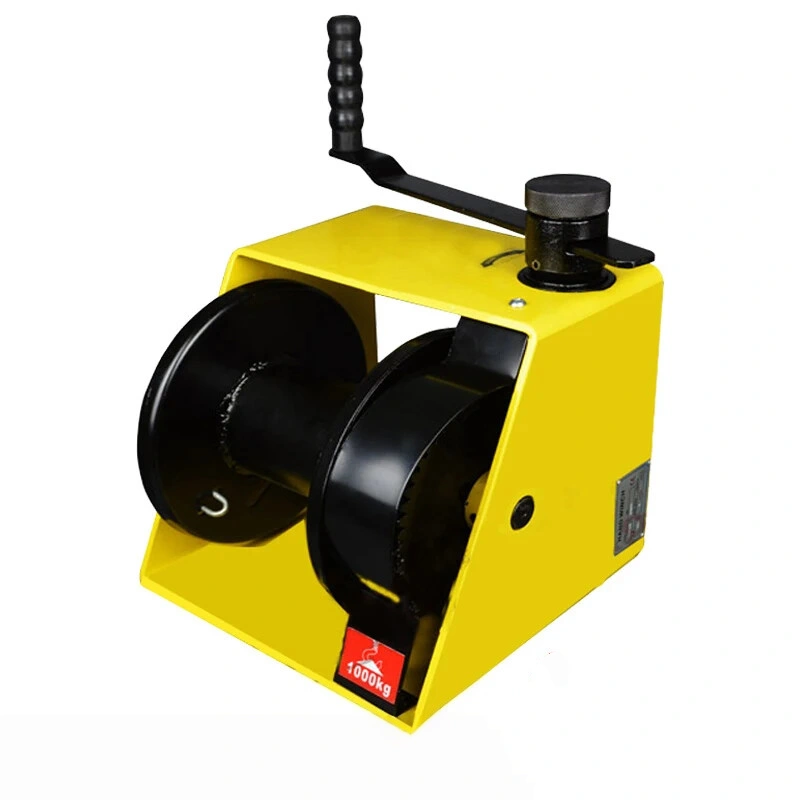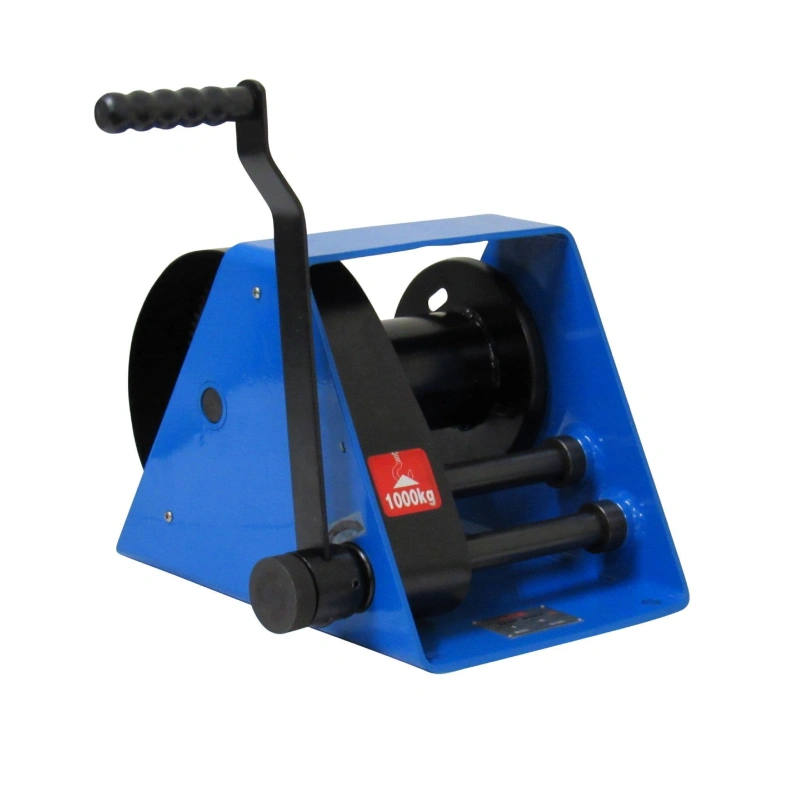You need to know how to use a clevis grab hook with care every time. A clevis grab hook grips chain links tightly and helps you move heavy loads without worry. When you follow safe practices, you lower risks and keep workplace safety high.
- Self-locking hooks keep loads secure and prevent drops.
- Strong latches help the hook stay closed and last longer.
Powerful Machinery delivers certified clevis solutions trusted by professionals worldwide.
Key Takeaways
- Always inspect clevis grab hooks before use. Look for cracks, bends, or rust to ensure safety.
- Choose the right hook and chain for your job. Match the chain grade and size to the hook for secure lifting.
- Follow safety tips to avoid accidents. Never overload hooks and keep clear of lifted loads.
What Are Clevis Grab Hooks?

Key Features and Uses
You might see clevis grab hooks on job sites, in shipping yards, or even on farms. These hooks help you connect chains quickly and hold heavy loads steady. Take a look at the table below to see what makes clevis grab hooks so useful:
| Definition | Applications |
|---|---|
| A clevis grab hook is designed to attach to a chain, cable, or other lifting devices, featuring an adjustable clevis for easy connection and disconnection. | Used in construction for lifting heavy materials, in shipping for securing loads, and in recreational activities for reliable connections. |
Clevis grab hooks stand out because they use a clevis coupling. This design lets you assemble and disassemble the hook fast. You will notice that clevis grab hooks do not have a safety latch, which sets them apart from slip hooks. You can use clevis grab hooks in many industries. Here are some common tasks:
| Industry | Specific Tasks |
|---|---|
| Construction | Hoisting materials, lifting scaffolding, securing loads during transportation |
| Agriculture | Towing and hauling heavy equipment or materials |
| Automotive | Secure car lifting and towing |
| Marine | Securing loads on boats and ships |
Powerful Machinery Product Overview
If you want a hook that lasts, Powerful Machinery’s clevis grab hooks are a smart choice. You get a hook made from Grade 43 steel, which means it can handle tough jobs. The zinc coating keeps rust away and helps the hook stay strong in wet or salty conditions.
- The clevis grab hook uses a bolt and cotter pin for secure attachment.
- The zinc coating protects against corrosion and wear.
- Grade 43 steel gives you strength and durability.
You can trust Powerful Machinery because every clevis grab hook meets strict safety standards. The company tests each hook and follows international certifications. You get peace of mind knowing your clevis grab hooks are reliable for lifting, towing, and securing loads.
How to Use a Clevis Grab Hook

Inspection Before Use
Before you start any job, you need to know how to use a clevis grab hook the right way. Inspection is your first step. You want to make sure your clevis grab hooks are safe and ready for action. Here’s what you should look for every time:
- Check all new, repaired, or modified hooks before you use them. This keeps you in line with ASME B30.10 standards.
- Watch for worn or damaged slings. If you see missing or unreadable tags, stop and replace them.
- Look for bent or deformed hardware. If the throat opening is spread more than 5%, the hook can’t safely hold its rated load.
- Search for cracks, nicks, gouges, or any sign of wear. If you spot these, remove the hook from service.
- Inspect hooks used in frequent load cycles with special methods like Magnetic Particle or Dye Penetrant testing.
- Never use hooks that have been welded, heated, or bent for repairs.
You should inspect your clevis grab hooks often. If you use them every day, check them daily or weekly. For normal jobs, a monthly inspection works. For heavy-duty work, inspect them weekly or monthly. Always do a full inspection at least once a year. If you find anything wrong, take the hook out of service right away.
Tip: Clean your chains before inspection. Dirt can hide damage and make it hard to spot problems.
Proper Attachment Steps
Knowing the proper way to use a grab hook makes your job safer and easier. Here’s a step-by-step guide on how to use a clevis grab hook for load securement:
- Choose the right hook for your job. Clevis grab hooks are perfect for chain shortening and load securement. Make sure you pick the right size and type.
- Select the correct chain. Powerful Machinery’s clevis grab hooks work best with Grade 43 chains. Always match the chain grade and size to the hook.
- Position the hook so the load sits in the bowl or saddle, not on the tip. This helps prevent bending or damage.
- Attach the chain by sliding the last link into the hook’s opening. The clevis pin and bolt system on Powerful Machinery hooks gives you a secure fit.
- Check the angle of your hitch. Use vertical, choker, or basket hitches depending on your load.
Note: Different chain grades have different working load limits. Grade 70 chains can handle about 20% more than Grade 43. Higher grades like 80, 100, or 120 offer even more strength and resistance to wear.
Here’s a quick table to help you match your clevis grab hook to the right chain:
| Chain Grade | Hook Throat Diameter | Clevis Pin Diameter |
|---|---|---|
| 43 | Match with size | Match with size |
| 70 | Match with size | Match with size |
| 80 | Match with size | Match with size |
| 100 | Match with size | Match with size |
Always follow the manufacturer’s guidelines for maximum load capacity. Powerful Machinery’s clevis grab hooks are tested to meet strict standards, so you can trust them for tough jobs.
Load Handling and Chain Shortening
You want your load securement to be strong and reliable. Here’s how to use a clevis grab hook for handling loads and shortening chains:
- Make sure the hook grabs the chain link securely. The clevis design keeps the link from slipping.
- Distribute the load evenly. This helps prevent dangerous situations and keeps your gear safe.
- Use slings within their posted working load limit. Never overload your clevis grab hooks.
- Inspect chains for wear, stretching, or damage before every use.
- Avoid using damaged or worn chains. Replace them if you see any problems.
- Never twist or tie chain legs into knots. This weakens the chain and can cause accidents.
Powerful Machinery’s clevis grab hooks are built for durability and secure attachment. The zinc coating protects against rust, and the forged steel construction stands up to heavy loads. When you use the right hook and chain, you get safe, efficient load control every time.
Remember: Regular inspection and proper use keep your clevis grab hooks working longer and safer.
If you follow these steps, you’ll know how to use a clevis grab hook safely and effectively. You’ll keep your workplace safe and your loads secure.
Safety Tips for Clevis Grab Hooks
Common Mistakes to Avoid
You want your clevis grab hooks to work safely every time. Many accidents happen because people ignore basic safety tips. Here’s a table that shows what you should watch out for:
| Safety Tip | Description |
|---|---|
| Compliance with Regulations | Always follow Federal and local rules for clevis use. |
| Know Hook Load | Check the load before lifting. Never guess the weight. |
| Avoid Overloading | Stay within the working load limit. Overloading can cause hook failure. |
| Proper Rigging | Attach the clevis correctly. Never rig it in a way that could slip or bend. |
| Inspect Hooks | Use only hooks that look and work like new. |
| Temperature Conditions | Don’t use clevis hooks in extreme heat or cold. |
| Chemical Exposure | Keep clevis hooks away from acids and harsh chemicals. |
| Keep Clear of Loads | Make sure everyone stays away from lifted or suspended loads. |
If you use the wrong chain or attach the clevis incorrectly, you risk losing securement. Always match your clevis grab hooks with the right chain grade and size. Never use damaged or worn hooks. You keep your team safe and your secure load control strong.
Maintenance and Inspection
Regular maintenance keeps your clevis hooks working longer. You should inspect them before every use. Here’s what you need to check:
- Look for cracks, bends, or rust on the clevis.
- Measure the throat opening. If it’s wider than normal, replace the hook.
- Use calipers to check for wear and corrosion.
- Test the hook with a load if the manufacturer recommends it.
- Write down your inspection results. Record the date, condition, and any repairs.
Follow OSHA and local safety rules. Powerful Machinery’s clevis grab hooks meet strict standards like ISO 45001 and ASME B20.1. You can trust their products for securement and safety. When your clevis hooks reach the end of their life, recycle them. Steel is easy to recycle and helps protect the environment.
Tip: Clean your clevis hooks after each job. Dirt and moisture can hide damage and cause rust.
When you use clevis grab hooks, always inspect your gear and follow safety rules. Choose certified products for unmatched strength and smooth edges. Here’s a quick look at what matters most:
| Feature | Why It Matters |
|---|---|
| Versatile Design | Easy attachment and secure grip |
| Meets Regulations | Peace of mind every lift |
Trust Powerful Machinery for reliable clevis solutions. Put safety first every time.
FAQ
How do you know if your clevis grab hooks are the right size?
Check the chain size and grade. Your clevis grab hooks should fit snugly on the chain link. Never force a hook onto a chain.
Can you use clevis grab hooks for overhead lifting?
Yes, you can use clevis grab hooks for overhead lifting if you match them with the correct chain grade and follow the working load limit.
What should you do if your clevis shows signs of rust or damage?
Stop using the clevis right away. Replace it with a new one. Damaged or rusty hooks can fail and cause accidents.


